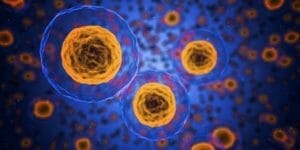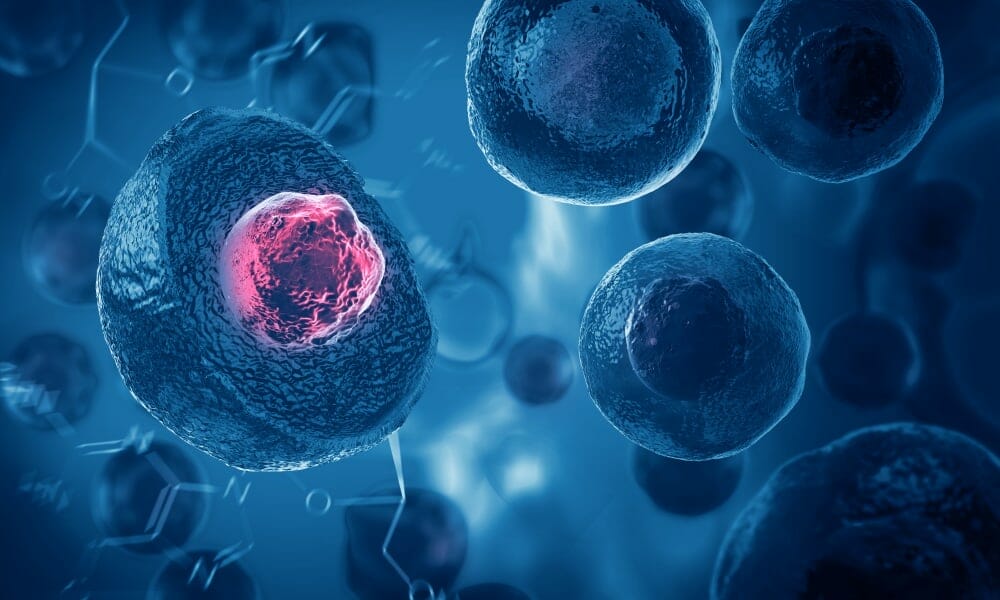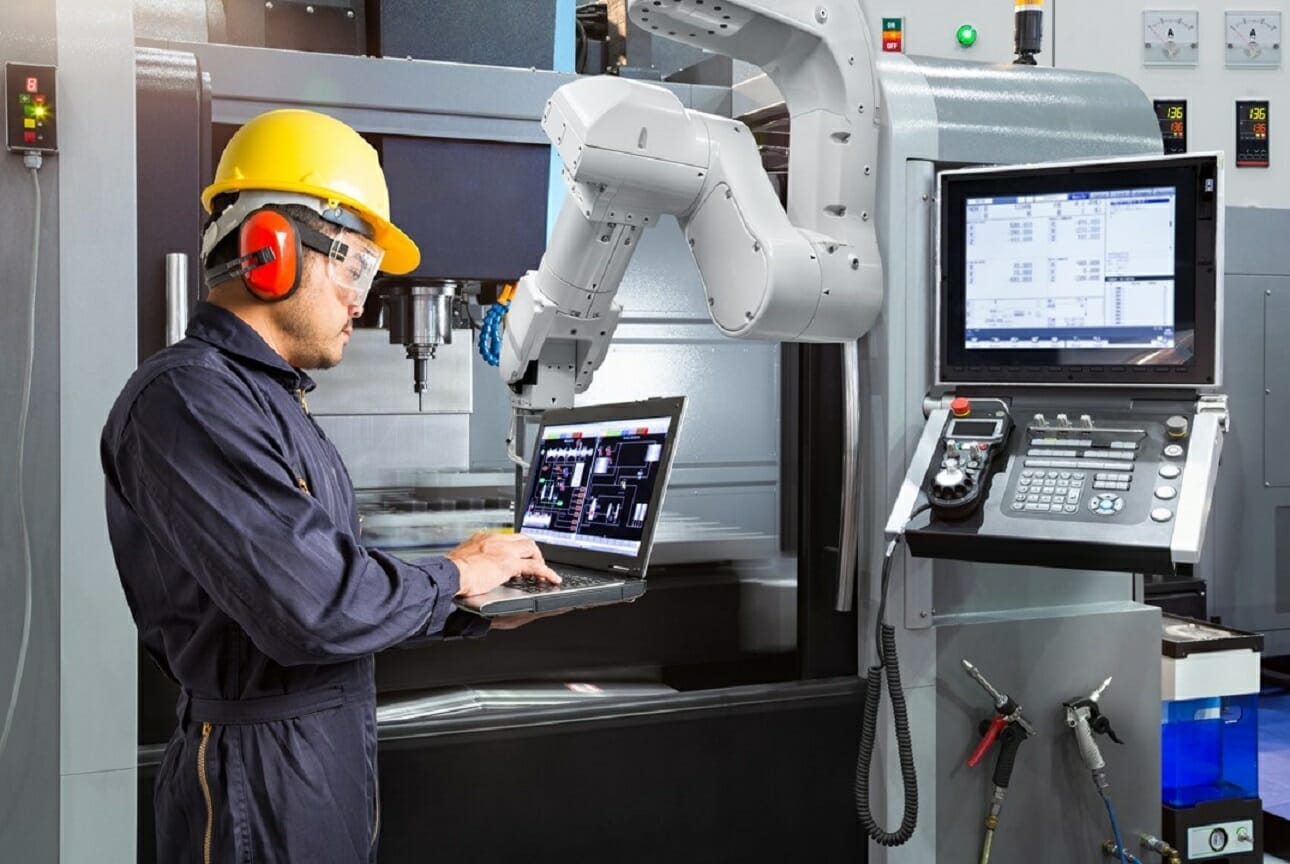What Is Tissue Regeneration?
Tissue regeneration, which is a popular topic in clinical research, is expected to be used to treat a variety of tissue ailments. Tissue regeneration refers to the partial regeneration of an organism’s tissue that has been injured by external stimuli. Based on the prevailing part, it grows the same structure and function as the missing portion. Tissue regeneration is the term for this type of repair. Some types of tissue regeneration include:
- Epithelial tissue regeneration
- Fibrous tissue regeneration
- Cartilage tissue and bone tissue regeneration
- Blood vessel regeneration
- Muscle tissue regeneration
- Nerve tissue regeneration
Particularly following trauma and oncologic surgery, soft tissue defect repair is a significant clinical problem. While current reconstructive treatments can relocate soft tissue from other parts of the body, new less invasive and more precise methods are still needed. Soft tissue restoration requires a significant amount of adipose stem cell tissue.

What Are Adipose Stem Cells?
Adipose stem cells are cells that can be isolated readily from the adipose tissue, expanded in vitro, differentiated into numerous cell lineages, and have the possibility to be used in tissue regeneration.
Several clinical trials involving human adipose stem cell therapy are now being conducted worldwide, and their number is rapidly increasing. Stem cell-based regeneration methods have advanced to clinical trials and therapeutic uses in the previous decade.
Infusions of allogeneic and autologous stem cells and stem cell-derived products are among the applications. Adult stem cells derived from adipose tissue have shown promise in the treatment of neurodegenerative and autoimmune illnesses, cartilage and bone regeneration, metabolic and vascular diseases, and wound abnormalities
Adipose tissue aspiration is a routine surgical operation these days. It is relatively simple to extract a significant tissue volume, resulting in an abundance of separated stem and therapeutically active cells without cell multiplication in tissue culture facilities.
This technique could lead the way to a new era of regenerative medicine and clinical reconstruction. ADSC could be used to treat a wide range of clinical conditions. A better understanding of the mechanisms of interactions between ADSC, secreted growth factors, and biomaterials on tissue regeneration is needed to increase the clinical efficacy of this cell treatment.
Modern Tissue Regeneration
Tissue engineering is starting to play a significant part in patient therapy. Patients have received supplemental bladders, tiny arteries, skin grafts, cartilage, and even a whole trachea, but the treatments are still experimental and expensive.
More sophisticated organ tissues, such as heart, lung, and liver tissue, have been successfully generated in the lab. However, they are still being experimented with from reproducible and ready for implantation into a patient.
On the other hand, these tissues can be extremely useful in research, particularly medication development. Using functional human tissue to evaluate pharmaceutical medicines could speed up development and give necessary tools for aiding personalized therapy while conserving money and reducing the number of animals used in research.
In a research study, scientists used a chemical cocktail to regrow a frog’s amputated legs, bringing one step nearer to the goal of regenerative medicine. The scientists stated that their work with the silicone cap and medicine mixture is still ongoing. They say that strengthening or adding to the medication mixture could help restore fully functional limbs with toes and bones.












